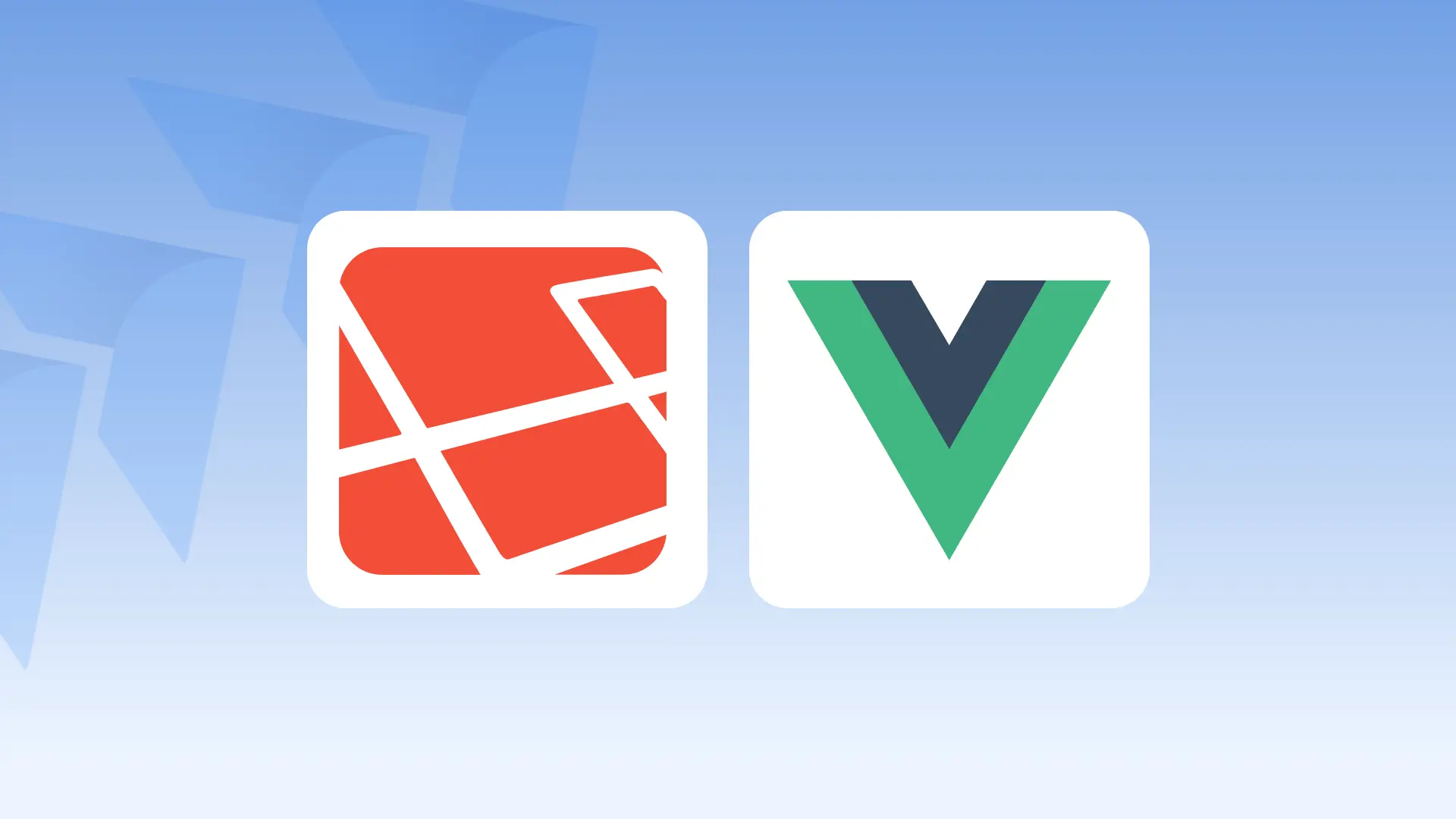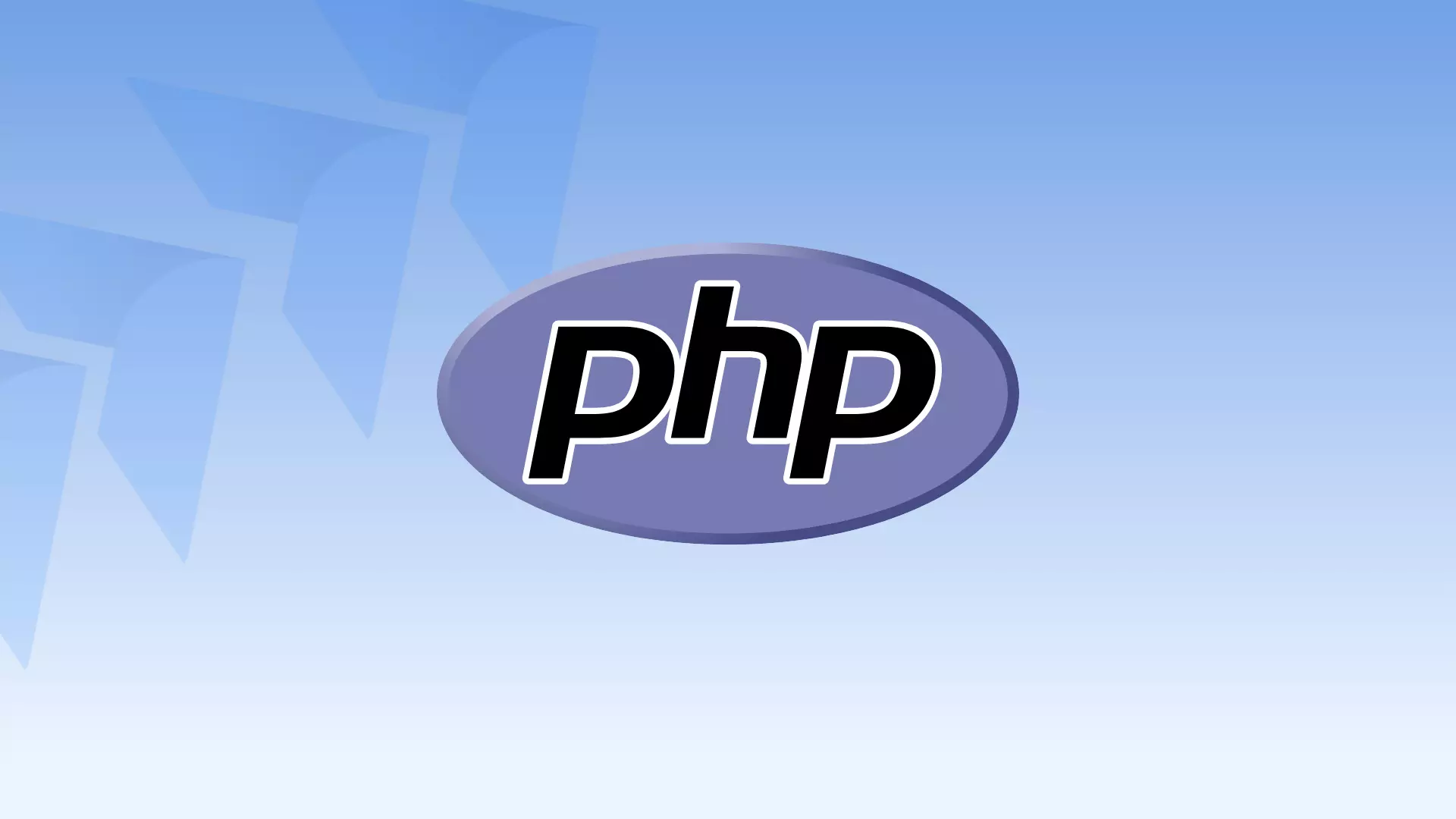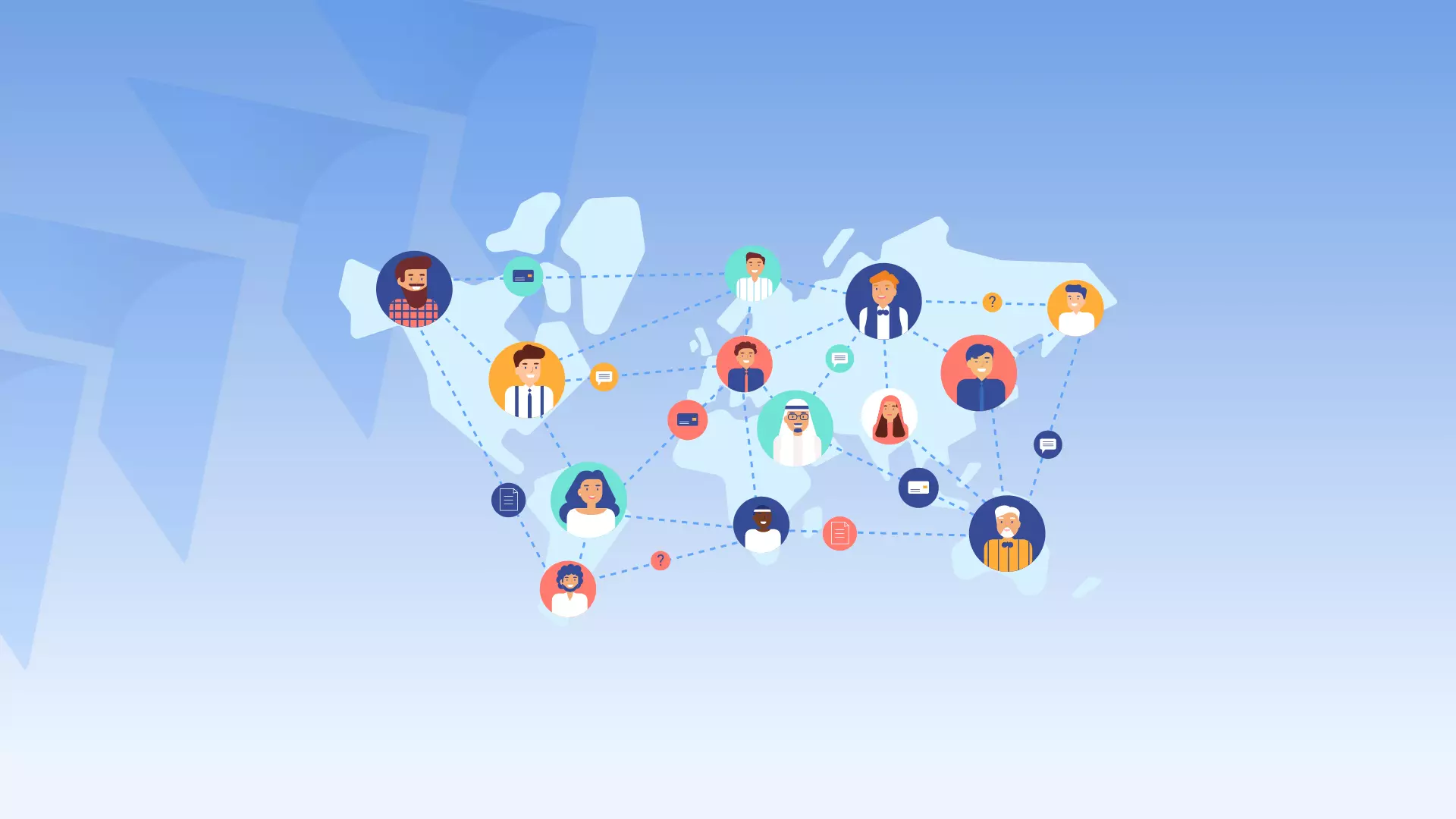Software testing methodologies are systematic approaches used to evaluate the quality and functionality of software applications. They provide a structured framework for testing activities and help ensure that the software meets the required standards and specifications. Here’s a guide on the 8 most widely used software testing methodologies.
1. Waterfall Model
- Before testing can begin, all project requirements must be fully established during the first step of the waterfall model, which is called requirements. The test team develops an in-depth test plan at this phase, as well as a discussion on the testing’s scope and strategy.
- The team will only execute the test cases to make sure that the generated software is functional once the software design is complete.
Drawbacks:
- Rigidity: The sequential nature of the waterfall model makes it inflexible to changes in requirements, and incorporating changes after the project has started can be challenging.
- Late Feedback: Testing is performed after the development phase, so any defects or issues may not be identified until the later stages, leading to potential delays and increased costs.
Use Cases:
- Well-Defined Requirements: Suitable for projects with stable and well-defined requirements where changes are unlikely.
2. Agile Model
- Software is produced using the agile technique in quick, incremental cycles. Processes and tools are less important than the interactions between clients, developers, and customers. The agile technique prioritizes quick response to change above in-depth planning.
- Testing is done continually throughout each iteration or sprint and is a crucial element of the development process.
- Agile approaches place a strong emphasis on teamwork, adaptability, and consumer input.
Drawbacks:
- Lack of Documentation: The emphasis on working software over comprehensive documentation can result in a lack of detailed documentation, which may be problematic for certain regulatory environments.
- Dependency on Team Collaboration: Success depends heavily on effective communication and collaboration among team members, and issues may arise if the team is not cohesive.
Use Cases:
- Dynamic Requirements: Suitable for projects with evolving or unclear requirements where flexibility and quick adaptation are essential.
3. V-Model
- A variation on the waterfall paradigm, the V-model pairs each stage of the development process with a stage of testing.
- Planning and carrying out testing activities concurrently with development phases ensures the early identification of flaws.
- The V-model encourages a thorough testing strategy while emphasising the connection between testing and development activities.
Drawbacks:
- Rigidity Similar to Waterfall: Like the waterfall model, the V-Model can struggle with changes in requirements after the testing phase has begun.
- Complexity: It can be more complex to manage compared to the linear waterfall model.
Use Cases:
- Well-Defined and Stable Requirements: Suitable for projects where requirements are well-understood and unlikely to change significantly.
4. Spiral Model
- The waterfall methodology and iterative development are both combined in the spiral model.
- It adopts a risk-driven methodology, putting emphasis on spotting and reducing risks all along the development cycle.
- Each spiral iteration includes testing activities, enabling for continual review and improvement.
Drawbacks:
- Complexity: The spiral model can be more complex and time-consuming due to its iterative nature.
- Resource Intensive: Requires more resources, especially in the identification and analysis of risks.
Use Cases:
- High-Risk Projects: Suitable for projects where risk assessment and management are critical.
5. Iterative Model
- In this model, a large project is broken up into smaller ones, and each one is exposed to numerous waterfall model iterations. A new module is created or an existing module is improved at the conclusion of an iteration. The system as a whole is tested after this module is included into the software architecture.
Drawbacks:
- Increased Management Complexity: Managing multiple iterations can be more complex and require careful coordination.
- Dependency on Previous Iterations: Issues in one iteration can impact subsequent iterations.
Use Cases:
- Large Projects: Suitable for large projects where breaking down the development into manageable iterations is beneficial.
6. Rapid Application Development (RAD)
- The RAD methodology places a strong emphasis on quick iterations and rapid prototyping.
- Prototyping is done concurrently with testing, allowing for quick feedback and changes.
Drawbacks:
- Dependency on User Involvement: Requires active and constant user involvement throughout the development and testing process.
- Not Suitable for Large Projects: May not be suitable for large-scale projects due to potential lack of control and structure.
Use Cases:
- Prototyping Emphasis: Suitable for projects where quick prototyping and user feedback are crucial.
7. Test-Driven Development (TDD)
- In the TDD methodology, tests are written ahead of the real code.
- In order to specify the intended functionality, developers first design automated test cases. They next write the code necessary to pass those tests.
- TDD fosters a clear understanding of the expected results and helps to ensure thorough test coverage.
Drawbacks:
- Learning Curve: Teams unfamiliar with TDD may experience a learning curve, and initially, it can slow down the development process.
- Requires Skilled Testers: Writing effective tests requires skilled testers who understand both the application and testing principles.
Use Cases:
- Clear Specifications: Suitable for projects with well-defined specifications where clarity is crucial.
8. Behaviour-Driven Development (BDD)
- The collaboration between developers, testers, and business stakeholders is emphasised in BDD, an extension of TDD.
- The behaviours and anticipated results of the software are the main topics of the tests, which are written in a human-readable way.
- BDD encourages team members to have a common understanding of needs and makes it easier for them to communicate effectively.
Drawbacks:
- Dependency on Collaboration: Success depends on effective collaboration between developers, testers, and business stakeholders.
- Requires Clear Communication: The creation of human-readable tests relies on clear communication between team members.
Use Cases:
- Emphasis on Collaboration: Suitable for projects where collaboration between development, testing, and business teams is essential.
Conclusion:
These are a few of the most used methods for software testing. To ensure successful and efficient testing practises, it’s critical to select the right methodology depending on the project’s requirements, restrictions, and team dynamics.













